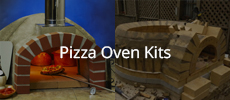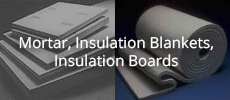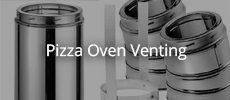Going to document my build here, and perhaps get some advice while I'm at it.
My project is an outdoor kitchen with a pizza oven and a fireplace BBQ. For now I'm going to focus on completing the pizza oven.
Specs
Feedback appreciated on these - these are my ideas and aren't a part of any guide
Low(ish) dome
To "cheat" and lower the dome while still using my IT, I'm just going to build the floor into the dome rather than under it. That makes the inner height 450-75=375mm
In the spirit of a small oven, this is intended to reduce the volume enough to make it heat a bit more efficiently
Heat Break using insulating brick
I want to put solid insulating material for the heat break. That way the break and vent arch can be the flue (see pic 3). My idea is 25mm insulating brick.
Other ways I've considered are fill the gap with blanket and seal it with vermicrete; or inject high-temp silicone
Other Questions



Build Photos

My project is an outdoor kitchen with a pizza oven and a fireplace BBQ. For now I'm going to focus on completing the pizza oven.
Specs
- 900mm ID
- Dome: Tapered Firebrick 115*230*75/63 (cut in half)
- Dome insulation: 3 layers of 25mm blanket
- Floor: Firebrick 115*230*75
- Floor insulation: 3 layers of 25mm CaSi board
Feedback appreciated on these - these are my ideas and aren't a part of any guide
Low(ish) dome
To "cheat" and lower the dome while still using my IT, I'm just going to build the floor into the dome rather than under it. That makes the inner height 450-75=375mm
In the spirit of a small oven, this is intended to reduce the volume enough to make it heat a bit more efficiently
Heat Break using insulating brick
I want to put solid insulating material for the heat break. That way the break and vent arch can be the flue (see pic 3). My idea is 25mm insulating brick.
Other ways I've considered are fill the gap with blanket and seal it with vermicrete; or inject high-temp silicone
Other Questions
- What should I make the chimney from? Pic 2 shows a 25mm firebrick construction. I can also make it from castable.
- Does the outer arch have to be made with firebrick?
- What should the vent hole dimensions be?
- Anywhere in Australia I can buy an 8" chimney anchor plate?
- Anywhere in Australia I can buy a metal pizza oven door? If I can buy one I'll plan my vent opening around it. Otherwise, can I make one out of wood?
Build Photos





Comment